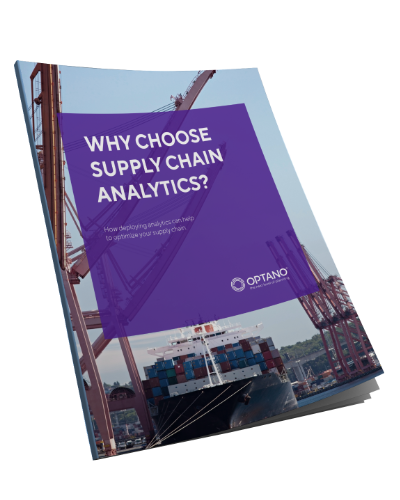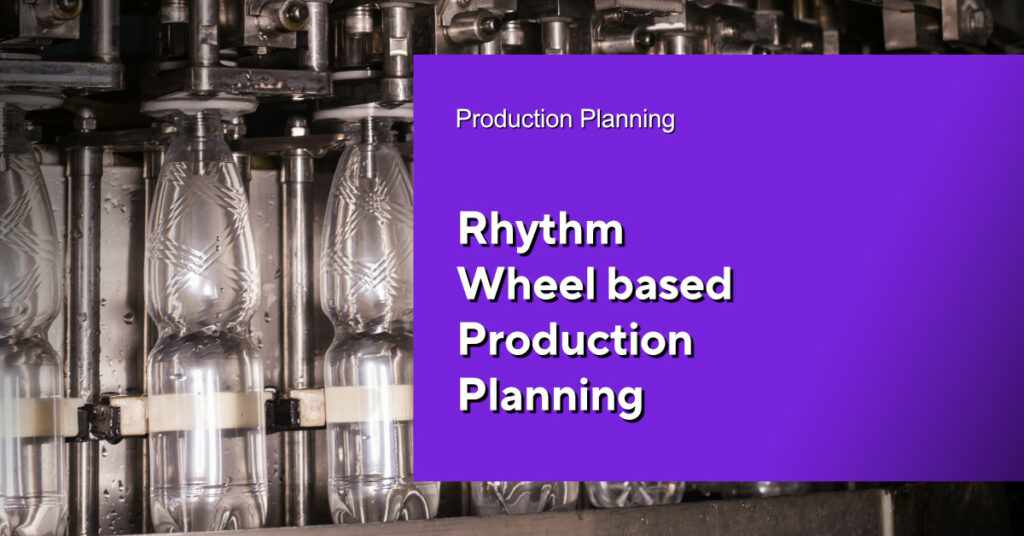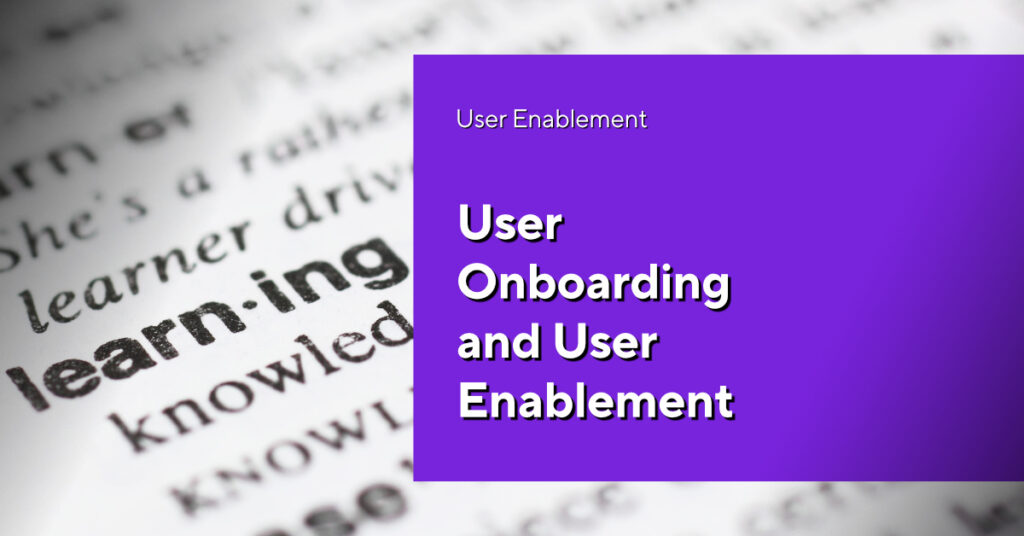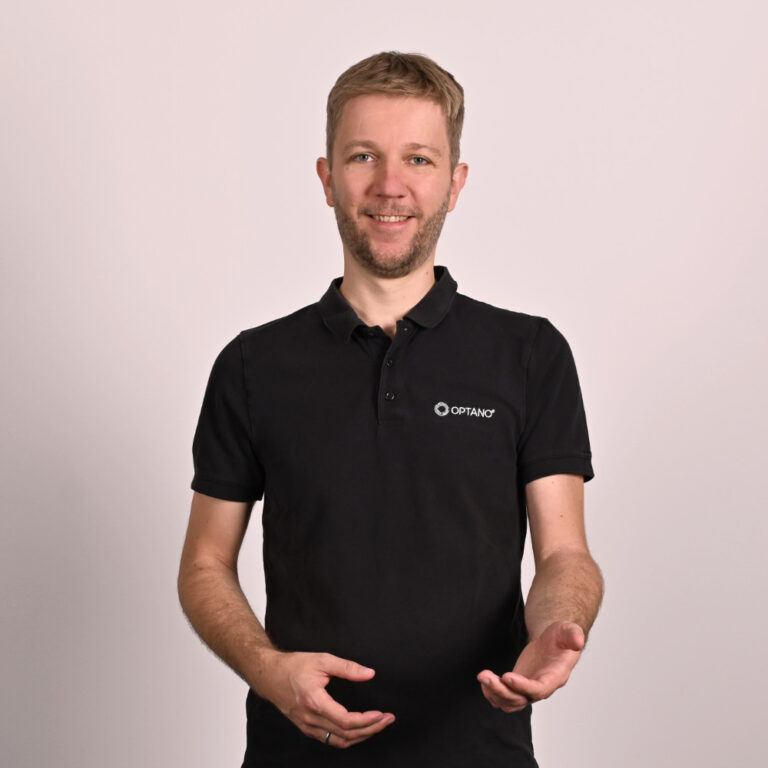Mathematical optimization for a more sustainable last mile
They have now become a permanent fixture in our towns and cities – the delivery vans which bring the end consumers’ online goods right to their front doors. During the Corona lockdowns I was happy to order new clothes for my children at just the touch of a button. While it is possible to do remote work in your jogging pants, children grow out of their clothes rather quickly. And because it was uncertain as to when the stores would be able to reopen, I did my shopping online instead.
The e-commerce market is growing – and so, too, are the CO2 emissions.
It is not just clothing that people order online. From the smallest screw to building materials: any number of goods can be ordered from online retailers. The e-commerce market has experienced a gigantic upswing during the Corona crisis of the past few years and it will continue to grow unchecked. In the future, all those commodity groups which are currently under-represented in the online segment, will also experience growth.
Yet deliveries were causing a high level of CO2 pollution even before the pandemic because transport is one of the sectors with the highest CO2 balance in the logistics chain. And although the last mile is the shortest part of the supply chain, as a rule it is also one of the most costly and environmentally harmful areas.
As a result of the growth of the e-commerce market an increase in delivery vehicles by more than 30 per cent is expected by 2030. This means an increase in CO2 emissions by 20-30 per cent so it is more urgent than ever to decarbonize the transport sector and thus combat the climate crisis among others. The last mile is a step in the right direction here – not just because of its environmental problems but also because improvements can be made here quickly and easily.
Consumer pressure influences the competitive situation
The huge growth of online commerce recently has also intensified competition at the same time. Retailers are looking for new ways to differentiate in order to gain new customers. Here, online retailers should make use of the opportunity to cater to the increased environmental awareness of their customers. After all, more than half of those who buy online want more sustainable delivery options.
As well as the opportunity to stand apart from the competition, online retailing also has a moral and ecological obligation to strive towards climate-neutrality in the last mile. The sector would do better to meet this obligation earlier rather than later.
Is complexity growing with sustainability?
The more a retailer sells, the more deliveries he/she has to make. And the more miles driven by transport fleets in order to fullfil deliveries, the higher the impact on the environment. An increasing number of deliveries thus leads to a growing complexity in delivery networks. If additional measures have to be considered which lead to more sustainability in logistics, the problem with the last mile will become very complex.
The road to a sustainable last mile
An obvious approach towards reducing last-mile CO2 emissions is to switch to electric technology across the entire fleet- but this is a costly investment. In order to offset the enormous costs of switching to a new fleet, a range of other measures can be taken. Apart from buying new vehicles which are less harmful to the environment, there is also the possibility of deploying systems which optimize and prioritize the scheduling of delivery routes. Each individual measure also contributes towards relieving the burden on the environment.
Putting together an efficient fleet of vehicles
Switching to electric drives can be effected for the entire fleet. E- transporters, e-load bikes or e-bikes enable a decrease in CO2 emissions to climate-neutral deliveries. However, deploying a fully electric transport fleet is not always possible. Sometimes electric vehicles reach their limits and it becomes necessary to use vehicles with carbon motors on certain routes due to the problem of the range of electric vehicles or when transporting large, bulky goods.
Maintaining warehouses and hubs closer to customers
Locating warehouses, distribution centers and hubs is a strategic decision and has a significant effect on deliveries. With efficient facility location planning, the routes in day-to-day business can be planned better. Here it is necessary to consider factors such as demand and infrastructure. If the distribution center is located at a good transport hub or close to the delivery addresses, the delivery can not only be faster but also shorter.
Optimal route planning
In order to offset the costs for the switch to an electrically powered fleet, intelligent route planning is a good measure to boost efficiency. The main objective here is to find routes which are as effective as possible in order to shorten transport routes and journey times. To avoid empty runs, you can consolidate deliveries. Identifying so-called delivery windows based on analyses and forecasts can help to avoid several journeys to one delivery address. After all, the majority of consumers is istill interested in fast delivery. Optimal route planning also takes this fact into account.
Sustainability is also possible without one’s own fleet
Online retailers’ supply networks do not consist solely of one internal fleet. Often they are a combination of their own vehicles and those of external delivery services and forwarding agents. There are very different coverage areas, restrictions and costs which have to be considered here. As a result, a huge amount of data is accumulated in the case of a correspondingly large supply network. The ever increasing demands for delivery speed, cost efficiency and ecology call for appropriate planning in order to find a sustainable solution to the the problem of the last mile.
More interesting articles
A sustainable last mile with mathematical optimization and OPTANO
From the strategic planning such as the development of an optimal network for distribution centers and hubs to the operational tasks of daily route planning – mathematical optimization is the way towards a more sustainable last mile.
Optimization software such as OPTANO finds the best solution to all the measures mentioned above. When it comes to strategic questions on the supply network – which include aspects such as facility locations or how to combine the required fleet – thousands of what-if scenarios can be analyzed using prescriptive analytics and solvers in order to get the best result.
With the aid of the OPTANO Predictive Blueprint, demand forecasting can be used as a basis on which to make the best decisions when looking for new locations as well as to establish optimal delivery windows.
In route planning, OPTANO not only applies the available data from the system but it can also consider additional real-time data such as traffic reports and weather forecasts. All of the data is analyzed within a very short time using mathematical optimization, state-of-the-art algorithms and solvers. The result is an optimized route plan which shortens routes and journey times, avoids empty runs, minimizes the costs for electric vehicles and reduces the CO2 emissions from fossil fuels.
If you would like to discover whether mathematical optimization can benefit your logistics, simply download our factsheet: “Why choose supply chain analytics?”
If you would like to learn more about how OPTANO can improve your planning or if you have any further questions, contact us today. Dr. Sven Flake would be glad to answer any questions you may have concerning logistics and route planning. Or why not send us an e-mail and we will contact you in due course.
Transporters are currently dominating the last mile and here and there you will see a cargo bike in large cities. Autonomous delivery vehicles or even delivery per drone to the front door sound like scenes in a science fiction film. Yet these are conceivable scenarios as they are already the component of current research studies for innvoative logistics. I can’t wait to see how my goods will be delivered in 10 years’ time.
Do you already know our factsheet on this topic?
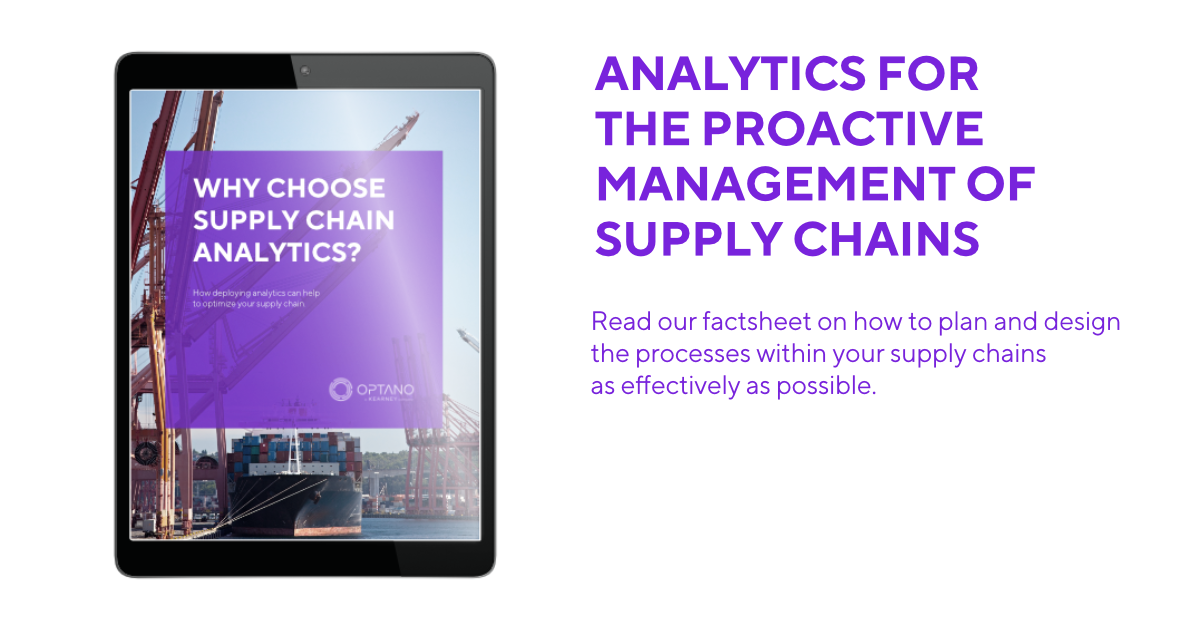
In our factsheet “Why choose supply chain analytics?” we describe the different types of supply chain analytics. You will discover how supply chain analytics works and how it can help to optimize your company’s supply chain.
To obtain our factsheet, all you need to do is enter your contact details in the space below. A pop-up window will then open to download the whitepaper. Please note that by providing us with your email address, you agree that we may contact you on this topic. You may revoke this agreement at any time by contacting privacy@optano.com.

